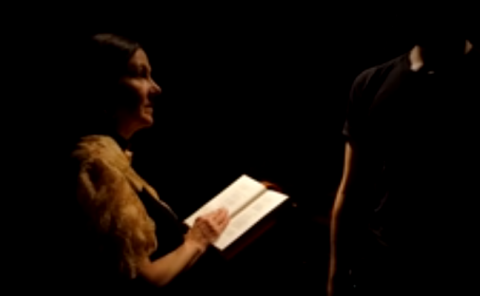Modeling and Defense of Social Virtual Reality Attacks Inducing Cybersickness
PubDate: October 2021
Teams: niversity of Missouri
Writers: Samaikya Valluripally; Aniket Gulhane; Khaza Anuarul Hoque; Prasad Calyam
PDF: Modeling and Defense of Social Virtual Reality Attacks Inducing Cybersickness

Abstract
Social Virtual Reality Learning Environments (VRLE) offer a new medium for flexible and immersive learning environments with geo-distributed users. Ensuring user safety in VRLE application domains such as education, flight simulations, military training is of utmost importance. Specifically, there is a need to study the impact of ‘`immersion attacks’’ (e.g., chaperone attack, occlusion) and other types of attacks/faults (e.g., unauthorized access, network congestion) that may cause user safety issues (i.e., inducing of cybersickness). In this paper, we present a novel framework to quantify the security, privacy issues triggered via immersion attacks and other types of attacks/faults. By using a real-world social VRLE viz., vSocial and creating a novel attack-fault tree model, we show that such attacks can induce undesirable levels of cybersickness. Next, we convert these attack-fault trees into stochastic timed automata (STA) representations to perform statistical model checking for a given attacker profile. Using this model checking approach, we determine the most vulnerable threat scenarios that can trigger high occurrence cases of cybersickness for VRLE users. Lastly, we show the effectiveness of our attack-fault tree modeling by incorporating suitable design principles such as hardening, diversity, redundancy and principle of least privilege to ensure user safety in a VRLE session.


